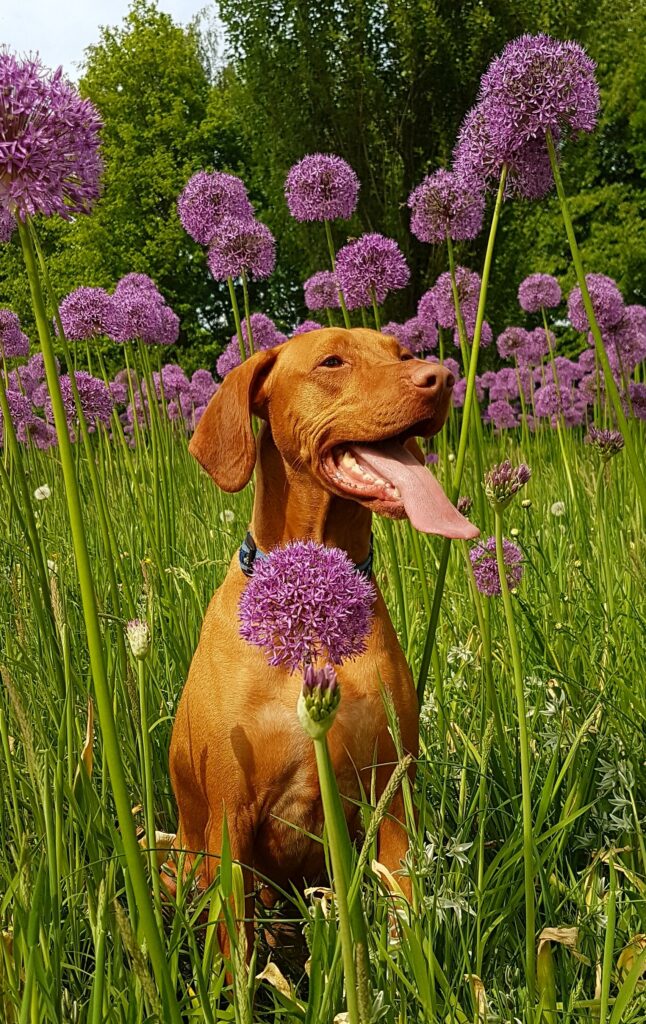
We often think of puppies being curious and having to be closely watched because they try to eat everything they can get their chompers on, but all dogs have to be watched carefully around leaves (and flowers) too. That’s because many indoor and outdoor plants are poisonous—and sometimes deadly—to dogs.
Some common and dangerous outdoor plants include Azalea, Daffodil, Iris, Hydrangea, Rhododendron, Tulip, and Oleander.
And here are 15 common house plants poisonous to dogs
- Aloe vera
- Asparagus plant
- Bird of paradise
- Chinese evergreen
- Corn plant
- Desert rose
- Dumb cane
- Elephant ear
- Ivy
- Jade
- Pathos
- Peace lily
- Philodendron
- Sago palm
- ZZ plant
Ingesting the leaves and/or flowers of these plants can cause vomiting, diarrhea, heart problems, difficulty breathing, and even death. If you are not sure about the safety of a particular plant—or if you suspect that your pup has eaten part of a potentially poisonous indoor or outdoor plant—please consult with your vet or a Pet Poison Hotline.
PS You may be wondering about Poinsettias. Poinsettias have a reputation for being deadly but in reality, they are a mildly toxic plant that when eaten, can cause mild but non-fatal symptoms. While medical treatment is rarely necessary when a dog ingests a leaf from a Poinsettia plant, you should contact your veterinarian if your dog experiences any symptoms.

